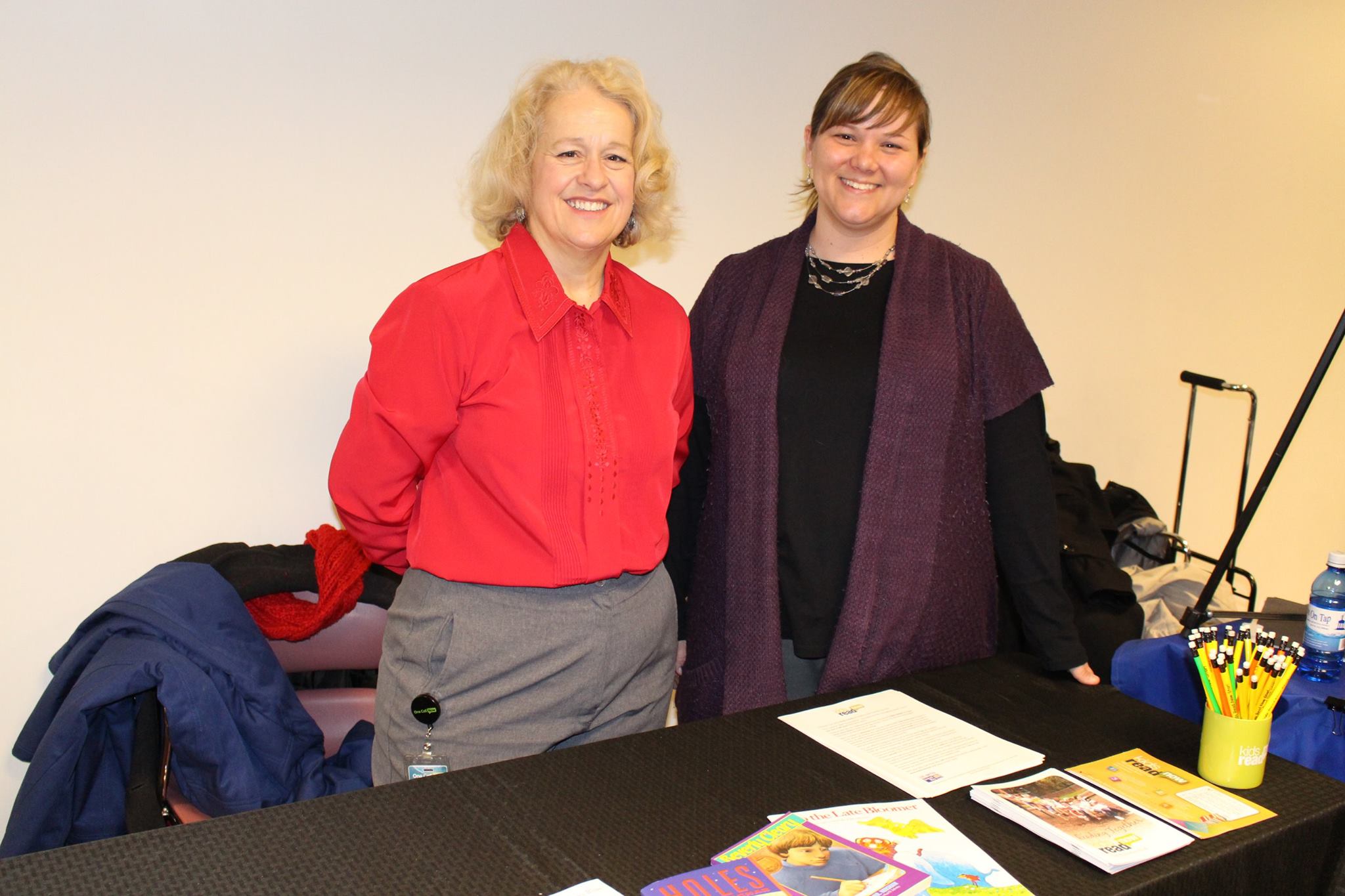A Reading Problem
Lack of parental involvement
Poor test scores
Low graduation rates
Those are the answers you get when you ask school superintendents and administrators what keeps them up at night. They’re also directly linked to poor reading performance in children at early grade levels. From Kindergarten through third grade, children learn to read; from grade four onward, they read to learn. Unfortunately, many students close their books at the end of the school year and don’t open one again until the following school year. That two to three months of inactivity comes with a cost in reading proficiency and, ultimately, learning.
Another cost to consider is that of the intervention specialists who must help struggling learners keep pace. Summer programs from camps to summer school cost from $1,500 to $3,500 per student and school budgets are tight.
“Statistics say that 77 percent of children whose parents read to them are more likely to read on their own.”
Disadvantages
The summer reading slide mostly affects low-income students. The Wallace Foundation notes that “the data tells a consistent story: children who might benefit the most, are least likely to participate in summer programs.” Children without access to libraries and with single parents swamped with making ends meet can quickly fall behind. By fourth grade, these students are a full year behind their reading-proficient contemporaries. By fifth grade, they are two to three years behind. This progression doesn’t stop there either. It will continue throughout students’ entire lives. Non-proficient readers are four times less likely to graduate by the time they finish third grade.
A Solution
One question to ask in all this is What would it take to help these students? Leib and Barb Lurie crafted an answer: Kids Read Now, a 501(c)(3) founded in 2010 by Leib, a serial entrepreneur, and Barbara, a reading specialist and educator. Kids Read Now is a K-3, in-home summer reading program that gets kids to read, pass proficiency exams, and stops the summer reading slide. The program restores confidence in kids and boosts their achievement. It gets them wanting to read and wanting to learn all summer long. The program engages parents, and eases burdens on teachers and school staff. Kids Read Now has caught traction and is hailed as one of the best programs in the country by the Clinton Foundation and South by Southwest.
The basics of the program are pretty simple:
- Teachers help children choose nine books to read during summer break. (Children who choose their books are more likely to read those books.)
- Parents monitor their child’s progress and engage them to ensure that they understand what they are reading.
- Kids Read Now staff handles all the logistics from organizing the program to collecting and presenting data to school districts that shows each student’s improved reading performance.
Parental Involvement
Statistics say that 77 percent of children whose parents read to them are more likely to read on their own. That’s why parental involvement in Kids Read Now is essential. Because of the engagement parents must offer, the program likely would not succeed without them. Kids Read Now empowers parents to participate in their children’s reading. Parents receive a bilingual Parent Guide to explain the summer reading slide and grade-specific tips to keep kids excited about reading. The guide ensures parents know how to keep their children reading all summer long. Every book also comes with Discovery Sheets, discussion questions that keep comprehension levels up.
The results so far are excellent: Eighty-nine percent of parents in the program say their children read more, and 94 percent who have participated in the program recommend it.
Effective, Affordable, and Guaranteed
Kids Read Now is getting kids to read and helping school districts raise reading proficiency scores. That’s why Kids Read Now stands behind the following assertions:
It’s effective: Dr. Richard Stock, Executive Director at the University of Dayton Business Research Group, says students achieved “significant and substantial improvements in reading scores, especially in high poverty populations.”
It’s affordable: At about $60 per student, Kids Read Now can help 33 students at the same cost it takes to shuffle one student through a typical summer reading camp. State funding and foundation money are also available.
It’s guaranteed: Kids Read Now refunds one-third of cost if the program does not reverse the summer reading slide.
Do you need more information about this program? Over the next four weeks, Kids Read Now will be hosting a series of webinars to better explain our program, and to answer any questions you may have. We will be announcing on Facebook, Twitter, and this website the webinar schedule. Finally, with all this good news, the Kids Read Now webinar series hopes those superintendents and administrators will get some much-needed sleep.

